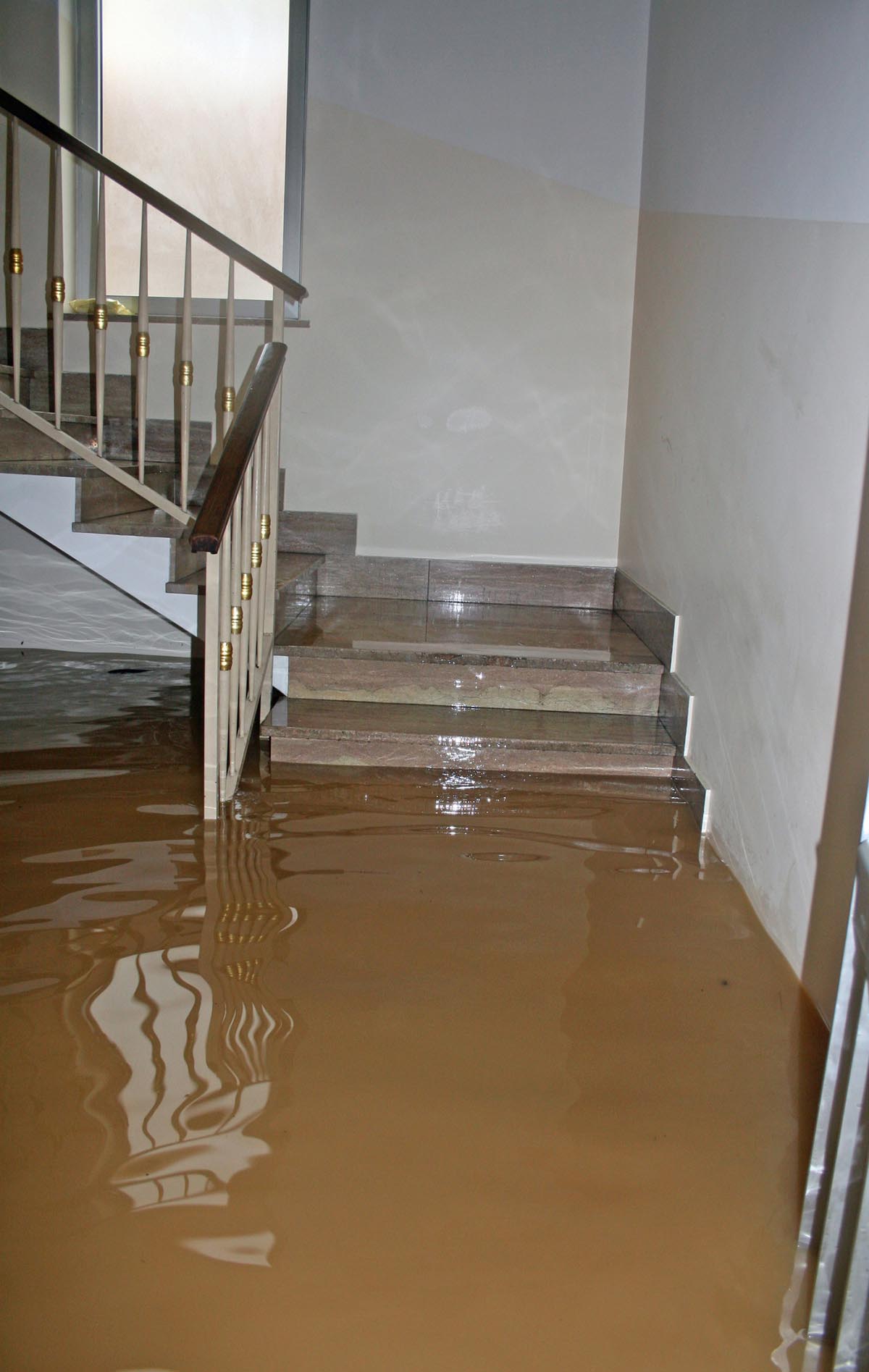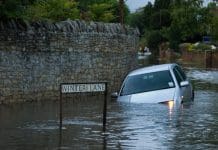The Environment Agency explains how communities can take steps to prepare for flooding.
Flooding can be devastating and it poses a risk to life, property and vehicles and can force people out of their homes.
December 2013 was the stormiest since records began and was followed by further gales and extensive flooding in early 2014. It is likely we will see periods of prolonged and intense rainfall more frequently due to climate change, so it is important that we are prepared to deal with whatever the weather throws at us.
The National Planning Policy Framework (NPPF) is clear that local planning authorities, working closely with their communities, should proactively plan to adapt to climate change, taking into account flood risk, coastal change and water supply and demand considerations.
Working closely with communities through regeneration schemes and neighbourhood plans, there is an opportunity to make communities aware of steps they can take to protect themselves and significantly reduce the risk of flooding, both now and in the future. This includes identifying if they are at risk and encouraging them to sign up for free flood warnings, prepare a flood plan and take practical steps to protect their home or business.
Everyone in England can check if their home, or that of a friend, neighbour or family member, is located in a flood risk area by visiting the Environment Agency website or by calling Floodline on 0845 988 1188 – all they need is a postcode.
Those who are at risk can sign up to get free flood warnings 1 for their area by phone, text or email.
Steps communities can take to protect their home:
- There are a number of practical steps that communities and residents can take to help protect their homes. These steps can be taken as part of general home improvement work or maintenance, and also after a flood event to make homes more resilient in the future;
- These practical steps include keeping irreplaceable or valuable items on high-mounted shelves, fixing equipment like TVs to the wall and buying flood protection products such as flood barriers or airbrick covers. It’s also a good idea to lay tiles with rugs, rather than fitted carpets and to arrange for non-return valves to be fitted to drains and toilets;
- Suggested steps that can be taken to make properties more resilient during flooding can be viewed on the Environment Agency website at the Interactive Flood House.2
For more information on how to prepare communities and residents for flooding, what they can do during a flood and how to repair their homes afterwards please visit our website
www.environment-agency.gov.uk/flood or call Floodline on 0845 988 1188.
1 https://fwd.environment-agency.gov.uk/app/olr/home
2 http://www.environment-agency.gov.uk/shell/Flood_house_tips.swf
Tel: 03708 506 506
enquiries@environment-agency.gov.uk

















